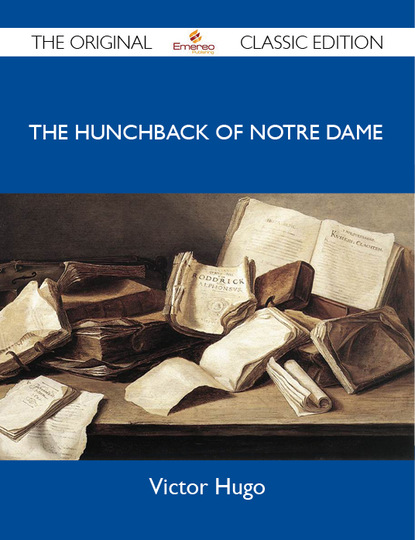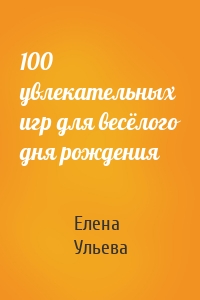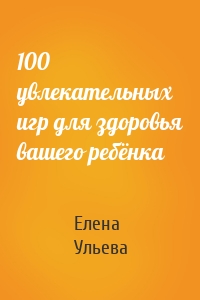
The Hunchback Of Notre Dame - The Original Classic Edition скачать fb2
Hugo Paltsits Victor - The Hunchback Of Notre Dame - The Original Classic Edition краткое содержание
Victor Hugo, the French poet and writer, who wished to change how novels were written and read, wrote The Hunchback of Notra-Dame in the beginning of his career. In contrast to Les Miserables, which is his more celebrated work, and was written several decades after the Notra-dame novel, the present piece is not only laced with more humor and romance but also stands out as a piece where the young poet in Hugo pours out a ravishing range of similes. Just for the pure magic of his metaphors and similes that make all his descriptions so poetic, so powerful Notra-Dame is worth reading. <p> The story itself reads like a fanciful movie, an ugly hunchback, Quasimodo is brought up by a Priest Frollo, the archdeacon of Notradame. The hunchback is hence attached like a dog to his master to him. The English title of Hunchback of Notra-dame is a misnomer, for the original is called Notra-dame de Paris, and English title lets us assume that it is the story of Hunchback as hero, while the original title asserts it is story set in Notradame and has charaters who reside in it, or live in its shadows. The Priest Calude Frollo, leaving his pursuit of science and philosophy meanders to a path of unrelenting lust for the gypsy dancer, Esmeralda. A writer, Pierre Grigorne, gets into a set of bizarre circumstances, where a token marriage attaches him to the gypsy. Phoebus, captain of Kings Archers is the object of the affection of Esmeralda herself. <p> Besides these characters, there is a madwoman who lives in confinement, pining for her lost child, who was carried off by gypsies, and hates Esmeralda. There is the goat Djali, who performs tricks with Esmeralda, Jehan who is Claude Frollos irreligious brother, King Louis IV – who interacts with Claude on issues of science, and the most important character, who lurks like an existence all though, is the Notra-Dame itself. The romances criss cross through a series of interesting episodes and drama, and that forms the crux of the story that I wont divulge here. Readers will benefit by discovering surprises and mystery for themselves, in process getting enchanted by a story that has been a popular read for centuries now. <p> What makes this novel a masterpiece, besides the poetic descriptions, is Hugos description of the cathedral of Notra-dame and the city of Paris, and his discussion of how the arrival of printing press signaled an end to the importance as architecture as the expressive art of intellectuals. The views of the author expressed in these pages and pages of delightful reading provide the reader not only with historical and architectural prespective on the buildings in Paris, but also gives us a word image of buildings, roofs, rooms, carvings, modernism, and more. <p> Victor Hugo had great skill in developing characters, and describing their lives over an extended period of time, capturing how situations and people led to certain choices, behavioral changes and thought process of each. His ability of doing this, in a very detached manner, where narrative is like a camera floating into a room, and staying long enough for a distant observer to watch and identify traits of every person present there, makes him a great novelist. The novel, like all classic reads, looks formidable in size, but can be read at a formidable pace, especially after the first half of the novel is over. <p> Besides the merits of the novelist, and the beauty of his wordplay, the story itself is a charming one, and has been brought to screen versions many times. Reading Hugos two major works allows one to get the same keen insight into French society of the respective times, as does Thackeray and Dickens novels for England and Tolstoy in Russia. Reading any of these masters takes time, but trust me, it is worth the patience and the effort. Recommended highly.
Чтобы оставить свою оценку и/или комментарий, Вам нужно войти под своей учетной записью или зарегистрироваться



